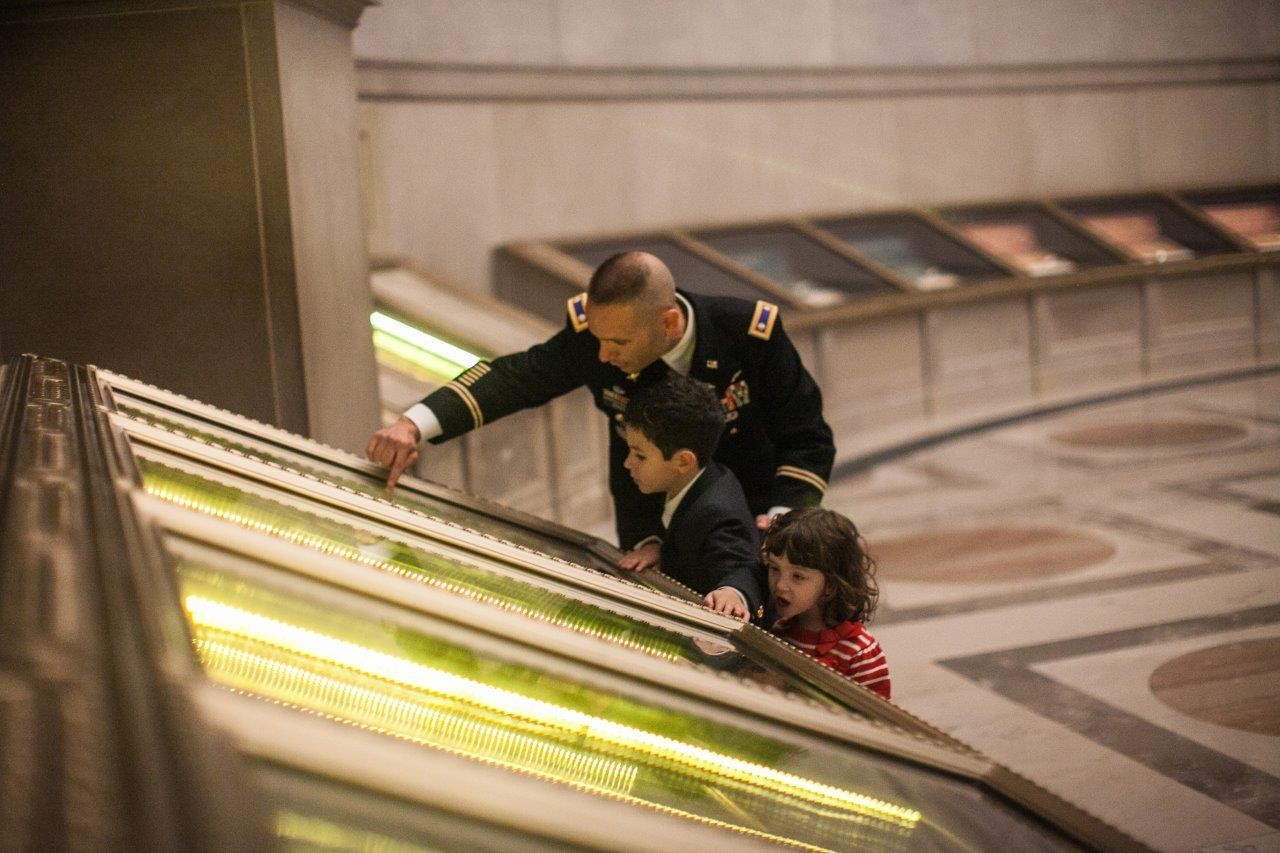We recently connected with Aric Raus and have shared our conversation below.
Alright, Aric thanks for taking the time to share your stories and insights with us today. Do you think your parents have had a meaningful impact on you and your journey?
From a young age, my parents allowed me to fail at different activities, while providing the encouragement and support needed to bounce back from setbacks and disappointments. This allowed me to explore new and different classes, sports, and jobs that I was unsure about, without associating failure with BEING a failure. Now, to be clear. there was usually a cost to failure, be it a loss of pride, money, or with sports, physical pain, but there was also encouragement to get up, brush off the dust, and learn from that failure.
As I moved into high school, college, and my career, the mindset created by my parents allowing me to fail safely consistently paid dividends. After exploring “normal” team sports in elementary and middle school, and not doing too well (ok failing at baseball and football), I explored TaeKwonDo, something new in our area at the time, and a sport in which no one in my family had any experience. There were successes and failures, but I still practice today, having competed at the U.S. National the first time when I was 12 and the last time (so far) when I was 42.
In high school, I decided to explore aviation, a career field foreign to my parents. The first time I took the written test for my private pilot’s license…I failed! Yet today, I am a 24-year Army Aviation Officer and a Civilian Flight Instructor, because I learned from my parents at an early age that failing does not make you a failure, unless you refuse to learn for it.
Today, I take this approach with my Soldiers, Cadets, and children. Allowing them to learn from failing by underwriting honest mistakes, and allowing to feel both the disappointment and the drive to not make those mistakes again.

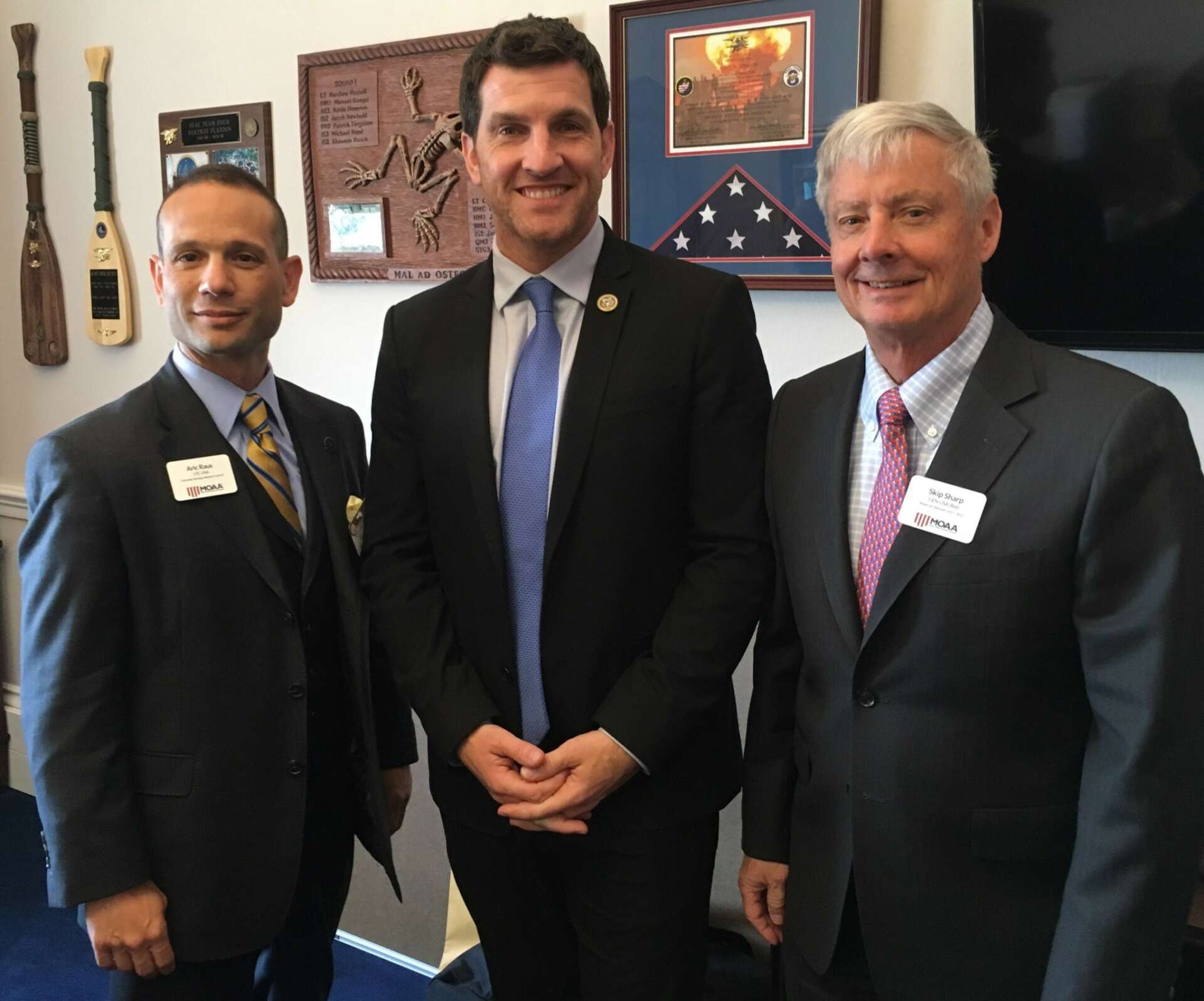
As always, we appreciate you sharing your insights and we’ve got a few more questions for you, but before we get to all of that can you take a minute to introduce yourself and give our readers some of your back background and context?
I grew up in a smaller, midwestern, blue-collar city, where small business owners (my father being one of them), fraternal organizations, and religious groups focused their energies on service to the community. I believe that influenced my dedication to serving others. In fact, I can pinpoint two key events in my aviation career to service organizations, the Rotary Club and the Civil Air Patrol. It was a member of the Rotary Club that first introduced me to the joy of aviation, when he flew my dad and I to an out-of-town service event, and it was as a member of the Civil Air Patrol that I discovered the ability to couple flying with service to the community, state, and nation.
After earning enough money to take flying lessons, I earned my pilots license and went to Embry-Riddle Aeronautical University to become a commercial pilot, through the benefit of an Army ROTC Scholarship. Upon Graduation, I became an Army Aviation Officer, where I still serve today after 24 years. Serving in the military, with its constant moves and deployments, made it difficult to provide support to the local community, but thanks to the support of my wife, Victoria, we were always able to find a way.
When we move to DC in 2013, the opportunity arose to partner with National Level veterans service organizations, such as the Military Officers Association of America, in their support of all current and former uniformed service personnel, along with their families. Both Victoria and I sunk our hearts into these endeavors, attending veterans conferences, lobbying Congress, serving on advisory committees, and eventually serving on the national Board of Directors. While it was difficult to find the time, while simultaneously serving in the Army and raising a family, but we saw it as our duty to support those families and individuals who needed their voices heard.
After leaving DC of Kansas City, the opportunity presented itself to give back to the organization that started it all – the Civl Air Patrol. As a Senior Member, I am able to mentor our youth in the wonders of aviation, science, and technology, while teaching them discipline and how to serve their local communities.
When I look back on my life and career thus far, being able to show others the joy of selfless service is what I am most proud of. I encourage others to follow the quote President Teddy Roosevelt made famous, “Do what you can, with what you’ve got, where you are.”
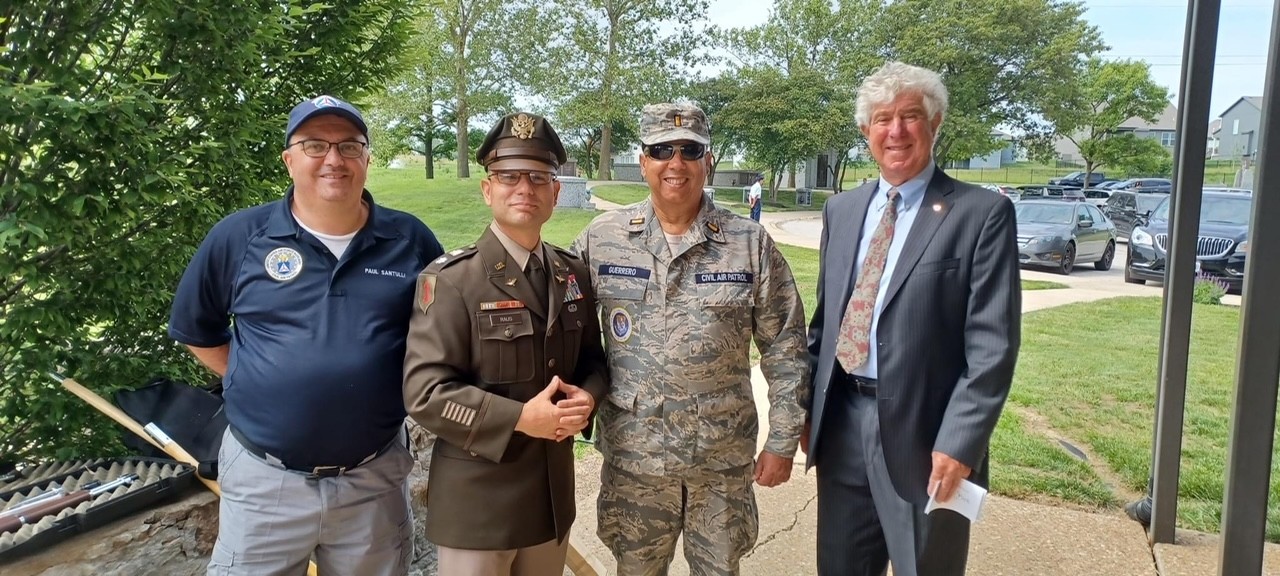
Do you have any insights you can share related to maintaining high team morale?
Maintaining high-morale is imperative if you and your business or organization is going to succeed in the long run. The single most important element of keeping morale high, is showing that you care for your employees on a personal, familial level. Something I’ve seen in both the military and civilian workforce is that when your co-workers feel like part of your family, it is easy(er) to keep your morale up, even when the world seems to be falling down around you. Build your team into a family, or as close to one as you can, and morale will take care of itself.

How about pivoting – can you share the story of a time you’ve had to pivot?
Every 1-3 years in the Army you change jobs, locations, and often even career field, especially as you advance in rank. If you don’t have a method to pivot to the next career challenge, you will likely move-on, with a poor assessment and likely career-ending evaluation, before you understand the organization. My biggest pivot was transitioning from leading a unit with 350 Soldier-employees, to being an advisor between an organization responsible for all U.S. military operations in Africa, U.S. Africa Command, and the U.S. Agency for International Development, responsible for promoting self-reliance and prosperity, in addition to reacting to natural and man-made disasters on the continent. The two organizations not only looked at the world through different lenses, but spoke different languages, had different cultures, and operated in completely different fashions. Not only was I no longer directly in charge of others or of operations, but it seemed like eveyone I worked with had the ability to pigeonhole me if I got on the wrong side. Yet I found the tools I used in smaller pivots still worked – Observe, Assess, Understand, Visualize, and Engage.
Observe – First, I wandered around the new office are, keeping my assumptions and biases in check as I just observed. How did people and processes work here, how did leaders and their direct reports interact? I tried to take in the climate and culture of the new organization without emotion or judgment. Just observe and learn..
Assess – After seeing how the new organization appeared to operate, I began assessing what processes appeared effective and ineffective. Who appeared under-utilized and who was overworked? Who appears to be in charge and what type of a leadership or management system seems to work? How does my new role fit into the current structure?
Understand – Next it was time to understand. The organization operated completely differently from anything I had experienced before. It was important to understand why things operated the way they did. What policies were sacrosanct and which ones were disregarded? Where were the true centers of power and who are the power brokers, both formal and informal?
Visualize – After gaining enough understanding about the organization, it was time to visualize how I fit in, and what were my short and medium-term goals and objectives. What were the obstacles to attaining those goals and what actions were needed to overcome them? When considering opportunities to engage and act, I also had to visualize and anticipate the possible second and third-order effects of those actions on others and other departments.
Enact – Finally, I felt I understand the organization well enough and had a visualization of what needed to be done, so it was time to act. Yet at first, it was important to take prudent care when taking action to confirm my understanding and visualization of the reactions were correct. Often, thankfully, they were correct, and occasionally they were not, but ultimately, taking a few weeks to Observe, Assess, Understand, and Visualize allowed me to successfully pivot from a direct leadership role in one organization to a strategic advisor in another.
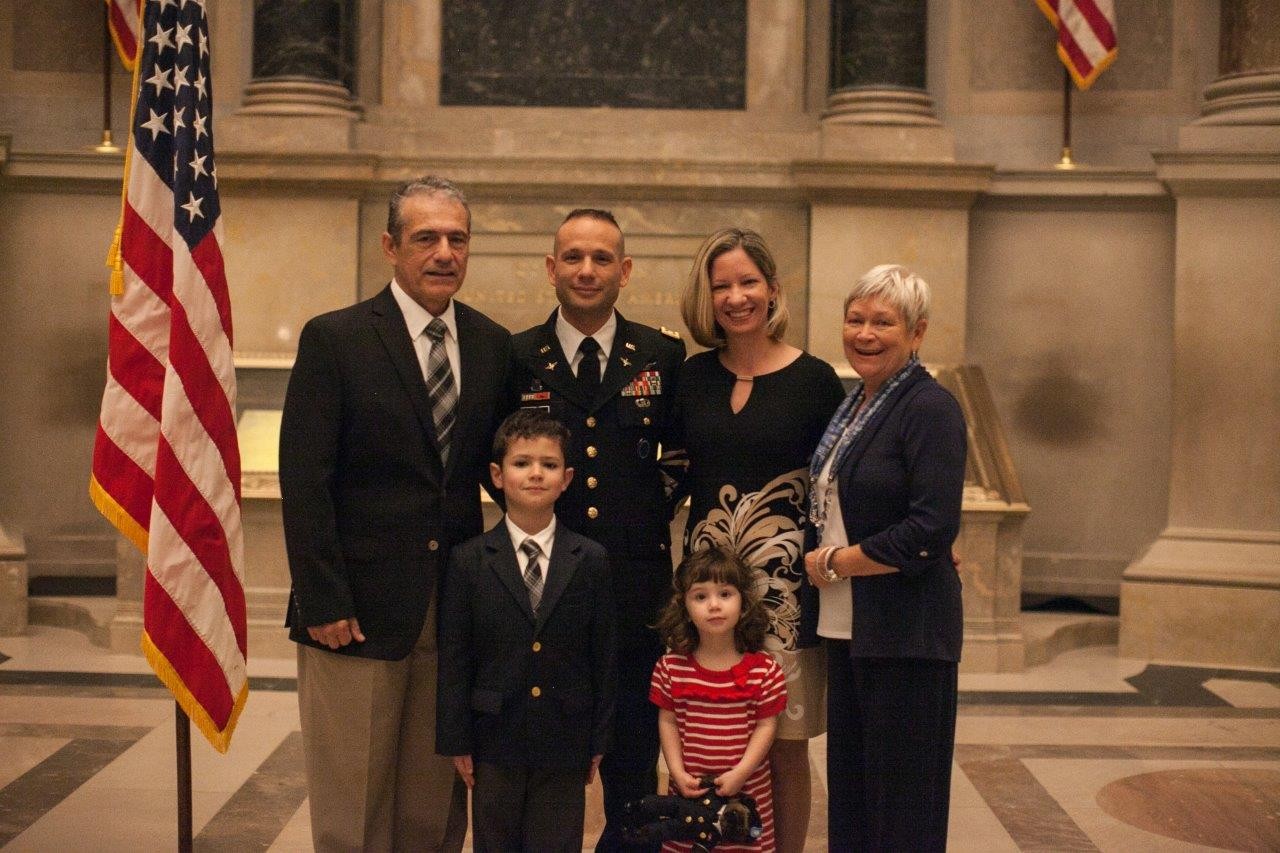
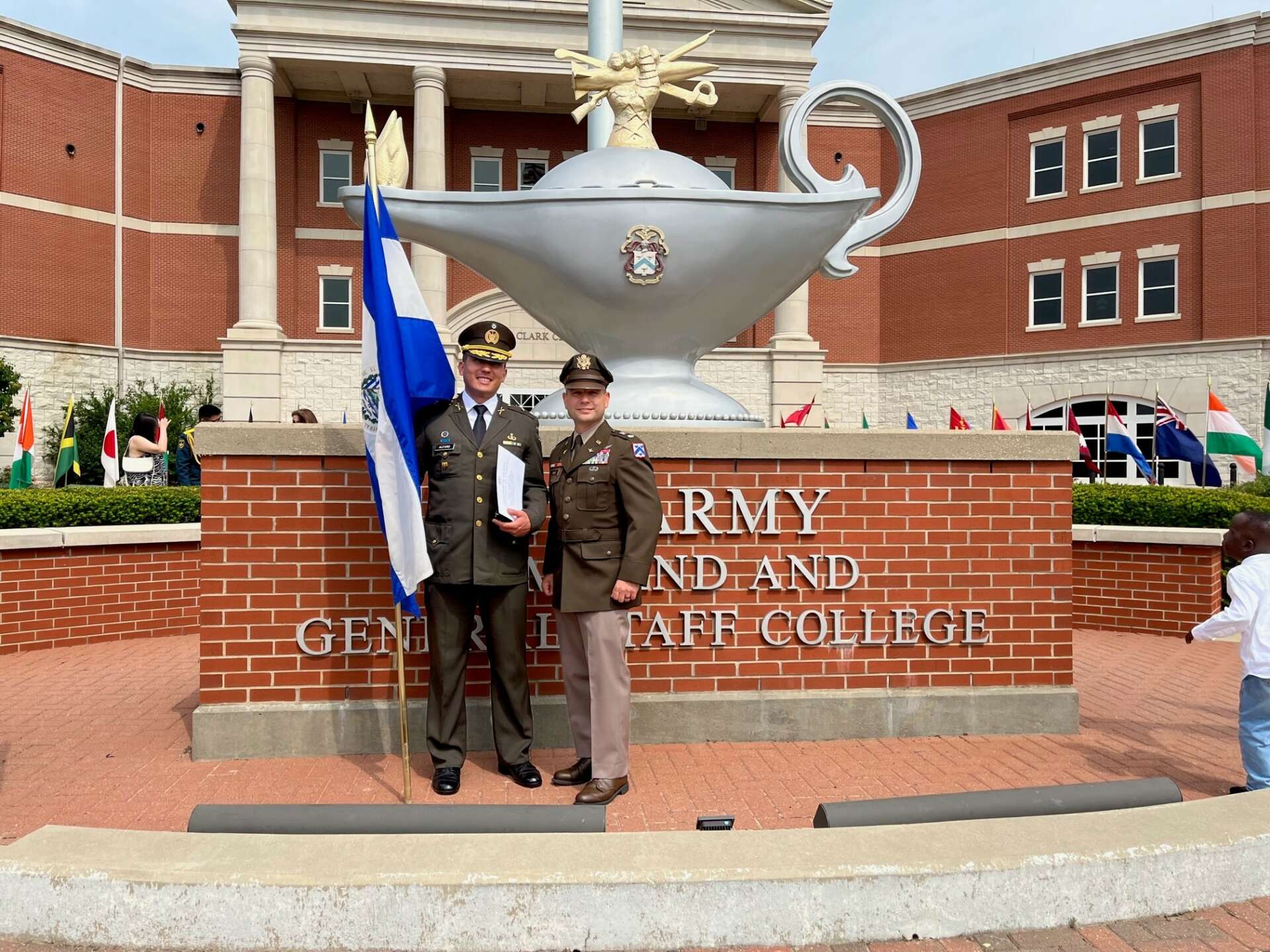
Contact Info:
- Instagram: https://www.instagram.com/aric_raus/
- Linkedin: https://www.linkedin.com/in/aricraus/
- Twitter: https://twitter.com/AricJAR


